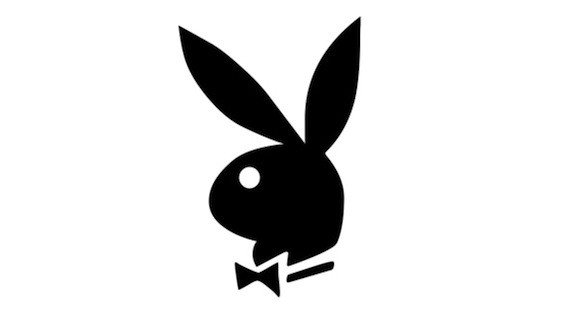Legendary Playboy Fiction Editor And Sci-Fi Champion Alice K. Turner Passes Away
This article is more than 2 years old
 It’s a long-running joke that you “read Playboy for the articles,” but for decades the notorious nudie mag has also been a home to some of the best short fiction being published anywhere in the industry. This includes a good amount of science fiction, and was due in large part to the guidance of editor Alice K. Turner, who passed away yesterday due to pneumonia.
It’s a long-running joke that you “read Playboy for the articles,” but for decades the notorious nudie mag has also been a home to some of the best short fiction being published anywhere in the industry. This includes a good amount of science fiction, and was due in large part to the guidance of editor Alice K. Turner, who passed away yesterday due to pneumonia.
The list of genre authors published by Playboy reads like a who’s who of sci-fi, including Ray Bradbury, Kurt Vonnegut, Ursula K. LeGuin, Arthur C. Clarke, Harlan Ellison, and Philip K. Dick, just to name a few. Turner collected stories by these authors, and many other luminaries, into The Playboy Book of Science Fiction and Fantasy.
Born in 1939, Turner worked at New York Magazine, joined the Playboy staff in 1976, and became the official fiction editor in 1980, a position that she held for the next 20 years. Her departure in 2000 is largely credited as one of the main reasons why there hasn’t been much in the way of genre fare on the pages ever since.
During her run, she gave established authors like Robert Silverberg, who became a regular in the magazine, a platform for their work, and she championed the likes of Terry Bisson and many others. It was Turner who hooked up Bisson with Walter Miller to put the finishing touches on Saint Liebowitz and the Wild Horse Woman, the sequel to A Canticle for Liebowitz, though Bisson says all he did was tidy up a few loose ends that Miller left.
Turner also edited numerous non-science fiction anthologies over the years, including Playboy Stories: The Best of Forty Years of Short Fiction and Playboys College Fiction. She also published The History of Hell in the mid ‘90s, where she explores the various depictions of hell over the years as envisioned by writers, artists, theologians, and philosophers, ranging from the formation of Christian hell, to Greek mythology, and more modern incarnations of the underworld.
Though Playboy gave numerous emerging writers an outlet, it has never been known for formal experimentation, keeping largely to more traditionally narrative work. Turner’s more academic counterparts often called her “middlebrow,” intended as an insult for publishing more accessible writing. In a 1984 interview with The Missouri Review she explained their aesthetic and her view of publishing in a larger sense:
Playboy stories have beginnings, middles, and ends. They have a kind of general appeal. They are not experimental. They are not terribly modern or forward reaching but they have real quality, or so I hope. When you consider how very formularized the women’s magazines tend to be, Playboy looks like the last resort of the solid well crafted “story” story that isn’t written to order. And many of the other magazines have gone a bit off track.
Though most known for its visual content, Turner didn’t assume that everyone who picked up Playboy only had one thing on their mind, and she gave them something more.











